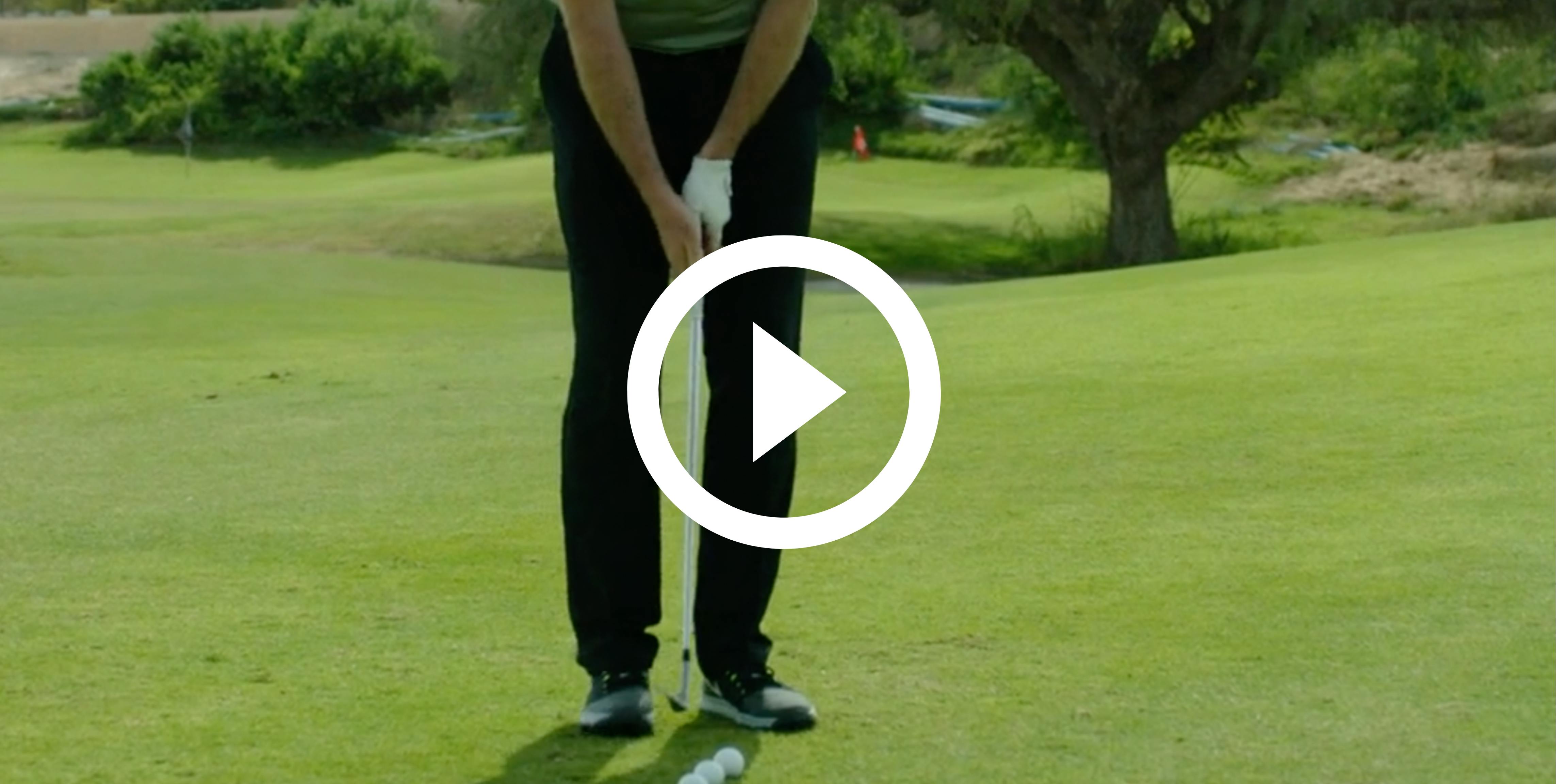Featured courses
- Three Priceless Tips From a Golf Legend by Grant Young
- Two Main Principles For Improving Your Golf Short Game by Grant Young
- Short Game 101 by Charlie Anderson
- Three Ways to Make More Difficult Putts by Grant Young

Short Game 101
Golf is a game that requires a combination of a few different skills. The first is the ability to put the ball in play with a tee shot. The next is the approach shot to the green. The last step, and most important, is the short game. The short game is a combination of pitching, chipping, bunker shots, and putting.
Why is short game so important?
A golfer’s short game is a part of golf that is often overlooked. Many golfers neglect their short game because they want to be able to hit long drives. Golfers think they will play well because they hit the ball further than others. This is a common misconception. The majority of shots are played on or around the green. This is why it is instrumental to have a sharp short game.
Types of short game shots
Pitching: Mastering the pitching technique is essential for achieving accurate and controlled shots around the green. Focus on maintaining a consistent tempo, using the proper club selection, and executing a smooth, controlled swing. Develop a reliable short backswing and follow through with a downward strike to generate optimal height and spin.
Chipping: Chipping requires precision and touch. Use a variety of clubs, such as a pitching wedge, sand wedge, or even a hybrid, to execute a range of chip shots depending on the lie and desired trajectory. Practice distance control by varying the length of your backswing and focusing on the rhythm of your swing. Experiment with different landing spots to develop versatility in approaching the green.
Bunker Shots: Bunker shots can be intimidating but with proper technique, they can be mastered. Start by opening the clubface and aiming slightly left of your target. Position the ball slightly forward in your stance and focus on making a shallow, controlled swing. Use the sand to your advantage by entering the sand a couple of inches before striking the ball, allowing the club to slide underneath it.
Putting: Arguably the most crucial aspect of the short game, putting demands precision and consistency. Develop a consistent putting routine, focusing on alignment, grip, and a smooth pendulum-like stroke. Practice lag putting to improve distance control, and dedicate time to mastering short putts to ensure confidence under pressure.
Ways to Improve
Focus on Distance Control: One of the keys to success in the short game is distance control. Practice hitting shots to specific targets at various distances to develop a feel for different clubs and swing lengths. This will enhance your ability to gauge the necessary force and touch required for different shots around the green.
Mental Game: The short game heavily relies on mental fortitude and decision-making. Stay focused and visualize your shots before execution. Develop a pre-shot routine that helps you get into the right mindset and approach each shot with confidence.
Practice Variety: Vary your practice sessions to simulate real-life playing conditions. Include uphill, downhill, and sidehill lies in your training routine. Experiment with different slopes and bunker conditions to become comfortable with a wide range of scenarios you might encounter on the course.
Short Game Challenges: Set up specific challenges or games during practice sessions to enhance competitiveness and simulate on-course pressure. For example, create a putting course with different distances and obstacles or challenge yourself to get out of a bunker in the fewest strokes possible.

Conclusion
The short game is arguably the most difficult part of golf. There is no doubt that it is the most important. It is something that every player must master if they want to be great.

